A research team has developed an advanced continuous rotational scanning photoacoustic computed tomography (PACT) system for rapid imaging of living organisms. The research is published in the journal Laser & Photonics Reviews.
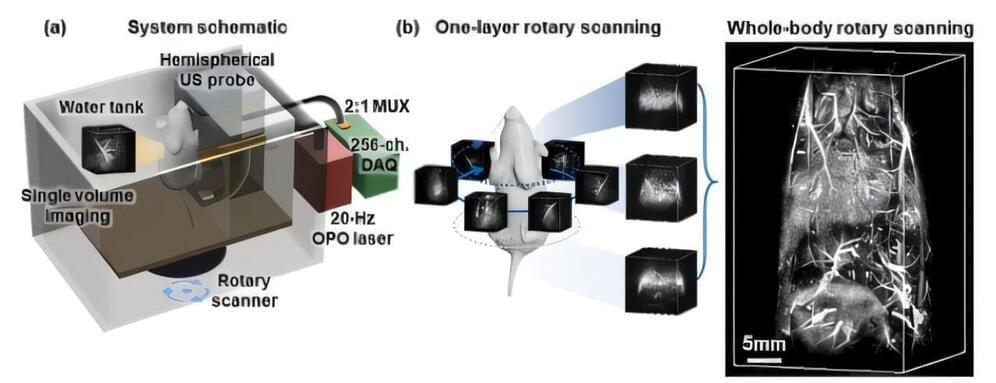


With their slender tails, human sperm propel themselves through viscous fluids, seemingly in defiance of Newton’s third law of motion, according to a recent study that characterizes the motion of these sex cells and single-celled algae.
Kenta Ishimoto, a mathematical scientist at Kyoto University, and colleagues investigated these non-reciprocal interactions in sperm and other microscopic biological swimmers, to figure out how they slither through substances that should, in theory, resist their movement.
When Newton conceived his now-famed laws of motion in 1686, he sought to explain the relationship between a physical object and the forces acting upon it with a few neat principles that, it turns out, don’t necessarily apply to microscopic cells wriggling through sticky fluids.
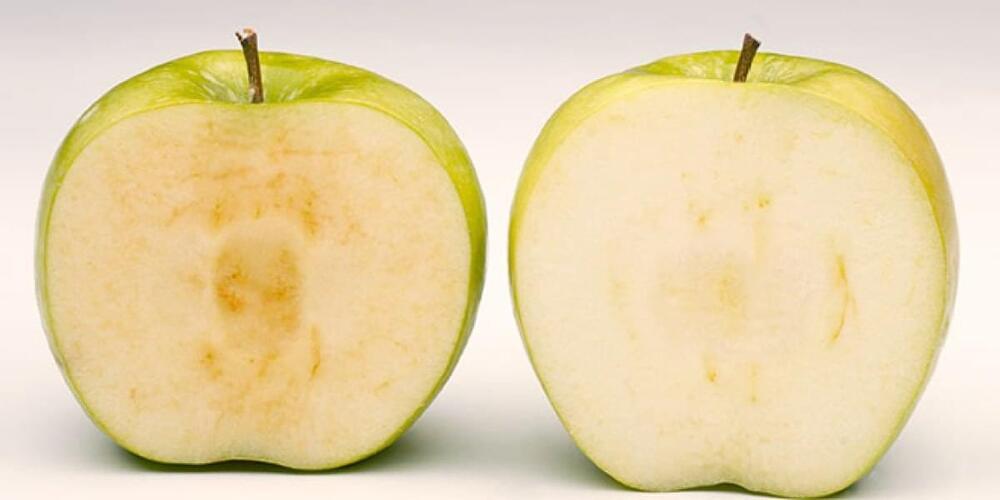
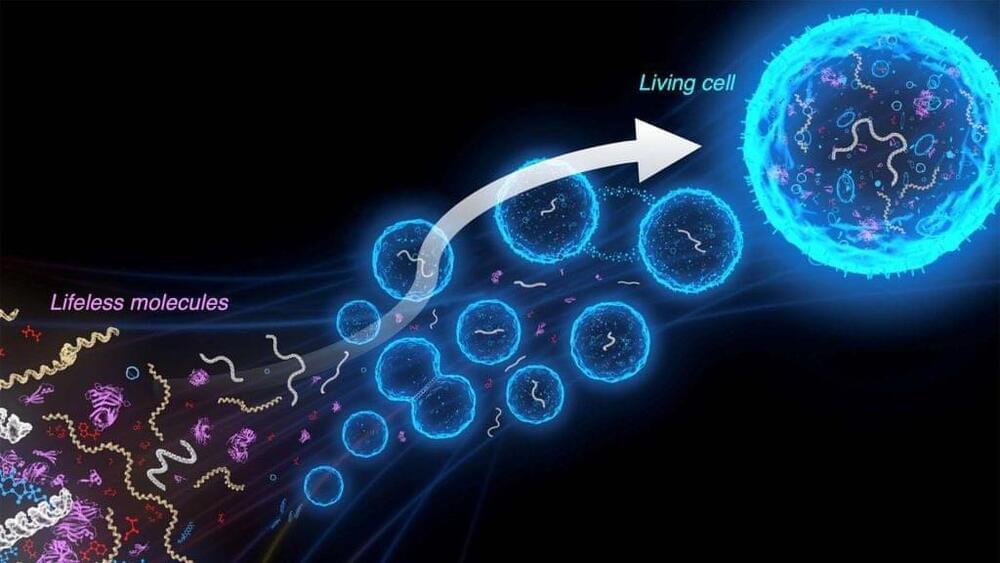
Scientists are designing simplified biological systems, aiming to construct synthetic cells and better understand life’s mechanisms.
One of the most fundamental questions in science is how lifeless molecules can come together to form a living cell. Bert Poolman, Professor of Biochemistry at the University of Groningen, has been working to solve this problem for two decades. He aims to understand life by trying to reconstruct it; he is building simplified artificial versions of biological systems that can be used as components for a synthetic cell.
His work was detailed in two new papers published in Nature Nanotechnology and Nature Communications. In the first paper, he describes a system for energy conversion and cross-feeding of products of this reaction between synthetic cells, while he describes a system for concentrating and converting nutrients in cells in the second paper.
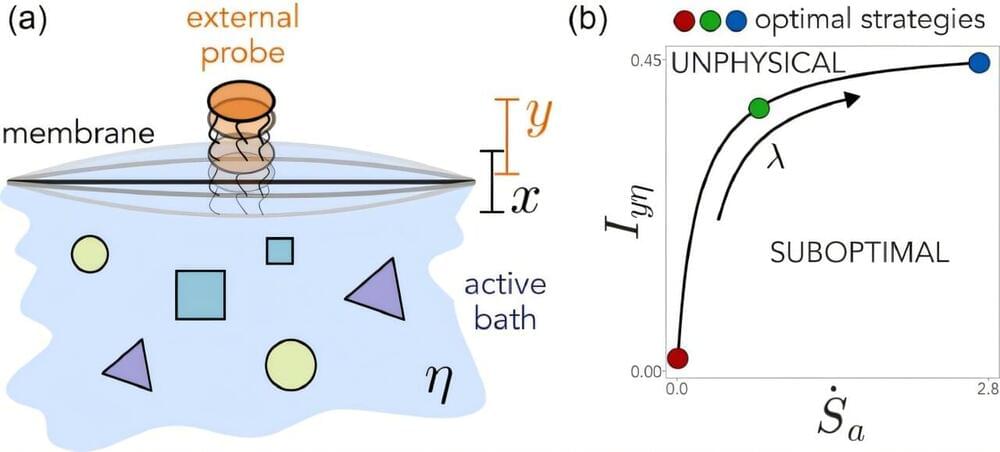
To effectively adapt to change, living organisms rely on their ability to rapidly detect and process sensory information in their surroundings. The sensory information available at a given time continuously changes, which means that it can typically only be observed partially and for a limited amount of time.
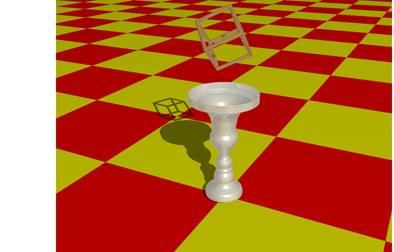
The discovery of the quantum tunneling (QT) effect—the transmission of particles through a high potential barrier—was one of the most impressive achievements of quantum mechanics made in the 1920s. Responding to the contemporary challenges, I introduce a deep neural network (DNN) architecture that processes information using the effect of QT. I demonstrate the ability of QT-DNN to recognize optical illusions like a human. Tasking QT-DNN to simulate human perception of the Necker cube and Rubin’s vase, I provide arguments in favor of the superiority of QT-based activation functions over the activation functions optimized for modern applications in machine vision, also showing that, at the fundamental level, QT-DNN is closely related to biology-inspired DNNs and models based on the principles of quantum information processing.
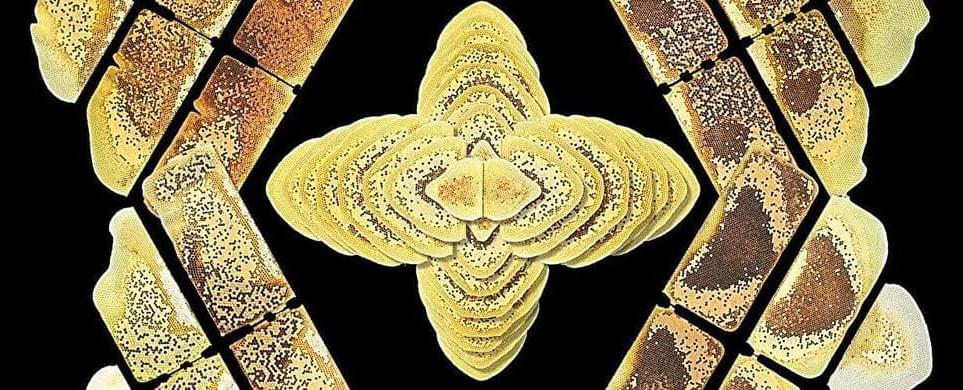
Mirroring the mechanisms that make human faces and bodies—and those of many multicellular organisms—symmetrical, bee colonies build symmetrical nests when they are placed on either side of a double-sided comb. The finding, published in Current Biology, extends examples of symmetry in biology to the behavior of communities and the architectural structures that they build.
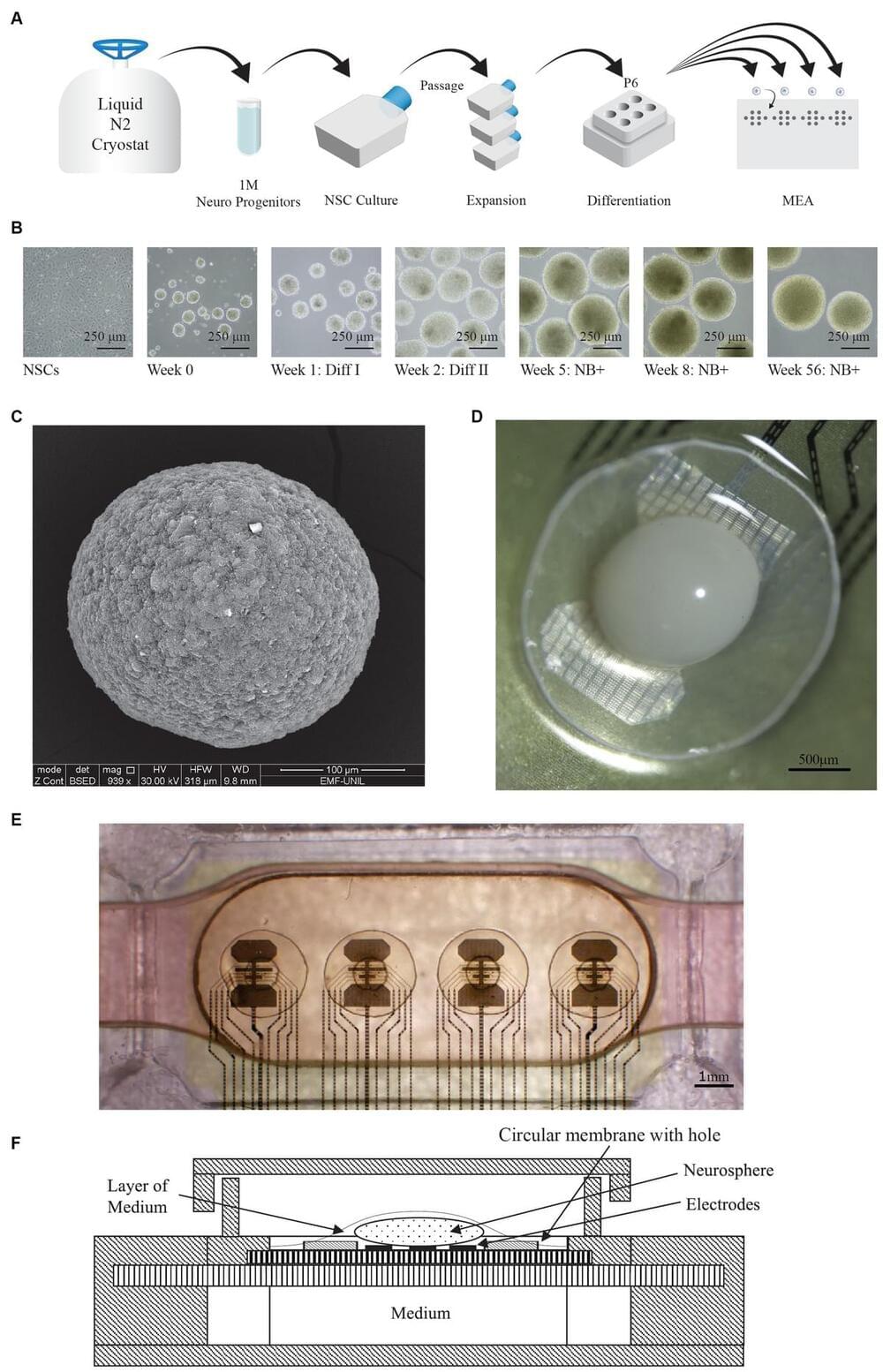
Wetware computing and organoid intelligence is an emerging research field at the intersection of electrophysiology and artificial intelligence. The core concept involves using living neurons to perform computations, similar to how Artificial Neural Networks (ANNs) are used today. However, unlike ANNs, where updating digital tensors (weights) can instantly modify network responses, entirely new methods must be developed for neural networks using biological neurons. Discovering these methods is challenging and requires a system capable of conducting numerous experiments, ideally accessible to researchers worldwide. For this reason, we developed a hardware and software system that allows for electrophysiological experiments on an unmatched scale. The Neuroplatform enables researchers to run experiments on neural organoids with a lifetime of even more than 100 days. To do so, we streamlined the experimental process to quickly produce new organoids, monitor action potentials 24/7, and provide electrical stimulations. We also designed a microfluidic system that allows for fully automated medium flow and change, thus reducing the disruptions by physical interventions in the incubator and ensuring stable environmental conditions. Over the past three years, the Neuroplatform was utilized with over 1,000 brain organoids, enabling the collection of more than 18 terabytes of data. A dedicated Application Programming Interface (API) has been developed to conduct remote research directly via our Python library or using interactive compute such as Jupyter Notebooks. In addition to electrophysiological operations, our API also controls pumps, digital cameras and UV lights for molecule uncaging. This allows for the execution of complex 24/7 experiments, including closed-loop strategies and processing using the latest deep learning or reinforcement learning libraries. Furthermore, the infrastructure supports entirely remote use. Currently in 2024, the system is freely available for research purposes, and numerous research groups have begun using it for their experiments. This article outlines the system’s architecture and provides specific examples of experiments and results.
The recent rise in wetware computing and consequently, artificial biological neural networks (BNNs), comes at a time when Artificial Neural Networks (ANNs) are more sophisticated than ever.
The latest generation of Large Language Models (LLMs), such as Meta’s Llama 2 or OpenAI’s GPT-4, fundamentally rely on ANNs.
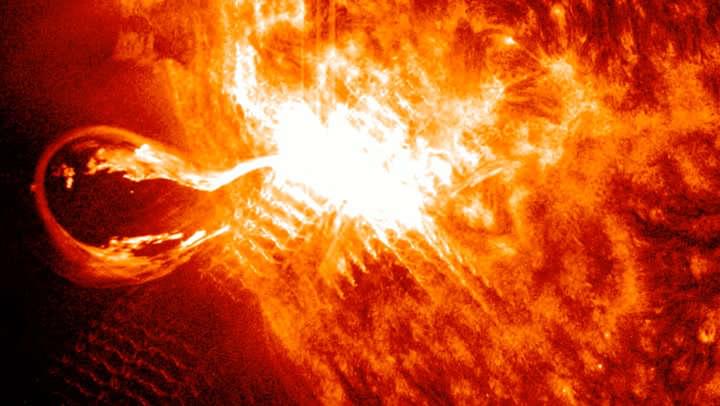
Between 1.8 billion and 800 million years ago, earthly life was in the doldrums. During this period, called the “boring billion,” the complexity of life remained minimal, dominated by single-celled organisms with only sporadic ventures into multicellular forms. This era set the stage for the later emergence of complex multicellular life, marking a key chapter in evolutionary history.
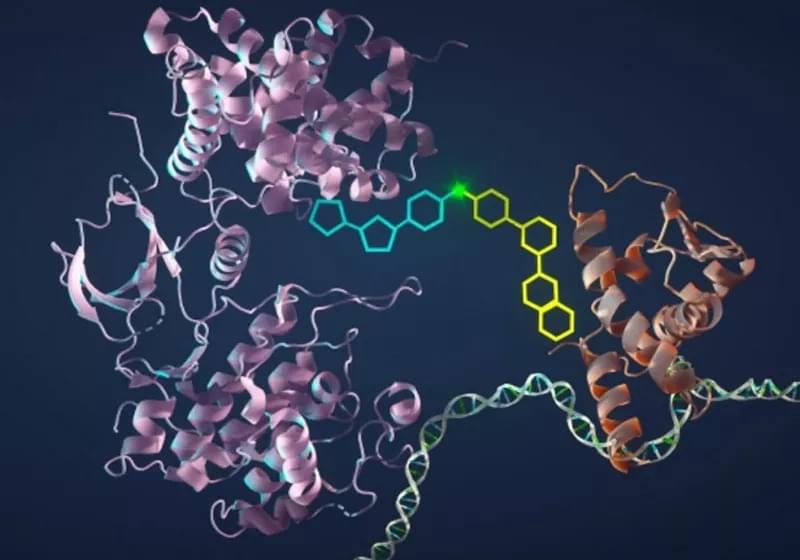
The researchers’ recently published study describes a way to re-activate apoptosis in mutated cells, which would amount to forcing cancer to self-destruct through a bioengineered, bonding molecule.
Gerald Crabtree, one of the study’s authors and a professor of development biology, said he had the idea while hiking through Kings Mountain, California, during the pandemic period. The new compound would have to bind two proteins which already exist in the cancerous cells, turning apoptosis back on and making the cancer kill itself.
“We essentially want to have the same kind of specificity that can eliminate 60 billion cells with no bystanders,” Crabtree said, so that no cell gets destroyed if it isn’t the proper target of this new killing mechanism. The two proteins in question are known as BCL6, an oncogene which suppresses apoptosis-promoting genes in the B-cell lymphoma, and CDK9, an enzyme that catalyzes gene activation instead.